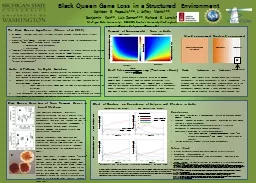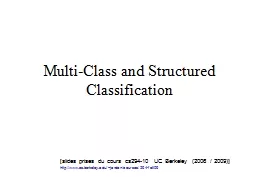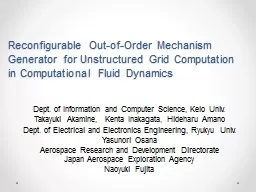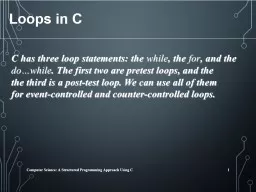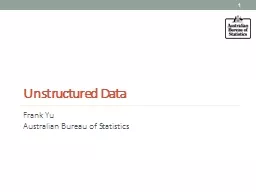PDF-Structured and Unstructured Overlays
Author : giovanna-bartolotta | Published Date : 2015-09-17
1 for Distributed Data ArvindKrishnamurthyFall 2004 Evolution of Overlays in P2P Systems Adhoc OverlaysFreenet Gnutella Structured Overlays SkipIndex Overview Use
Presentation Embed Code
Download Presentation
Download Presentation The PPT/PDF document "Structured and Unstructured Overlays" is the property of its rightful owner. Permission is granted to download and print the materials on this website for personal, non-commercial use only, and to display it on your personal computer provided you do not modify the materials and that you retain all copyright notices contained in the materials. By downloading content from our website, you accept the terms of this agreement.
Structured and Unstructured Overlays: Transcript
Download Rules Of Document
"Structured and Unstructured Overlays"The content belongs to its owner. You may download and print it for personal use, without modification, and keep all copyright notices. By downloading, you agree to these terms.
Related Documents



